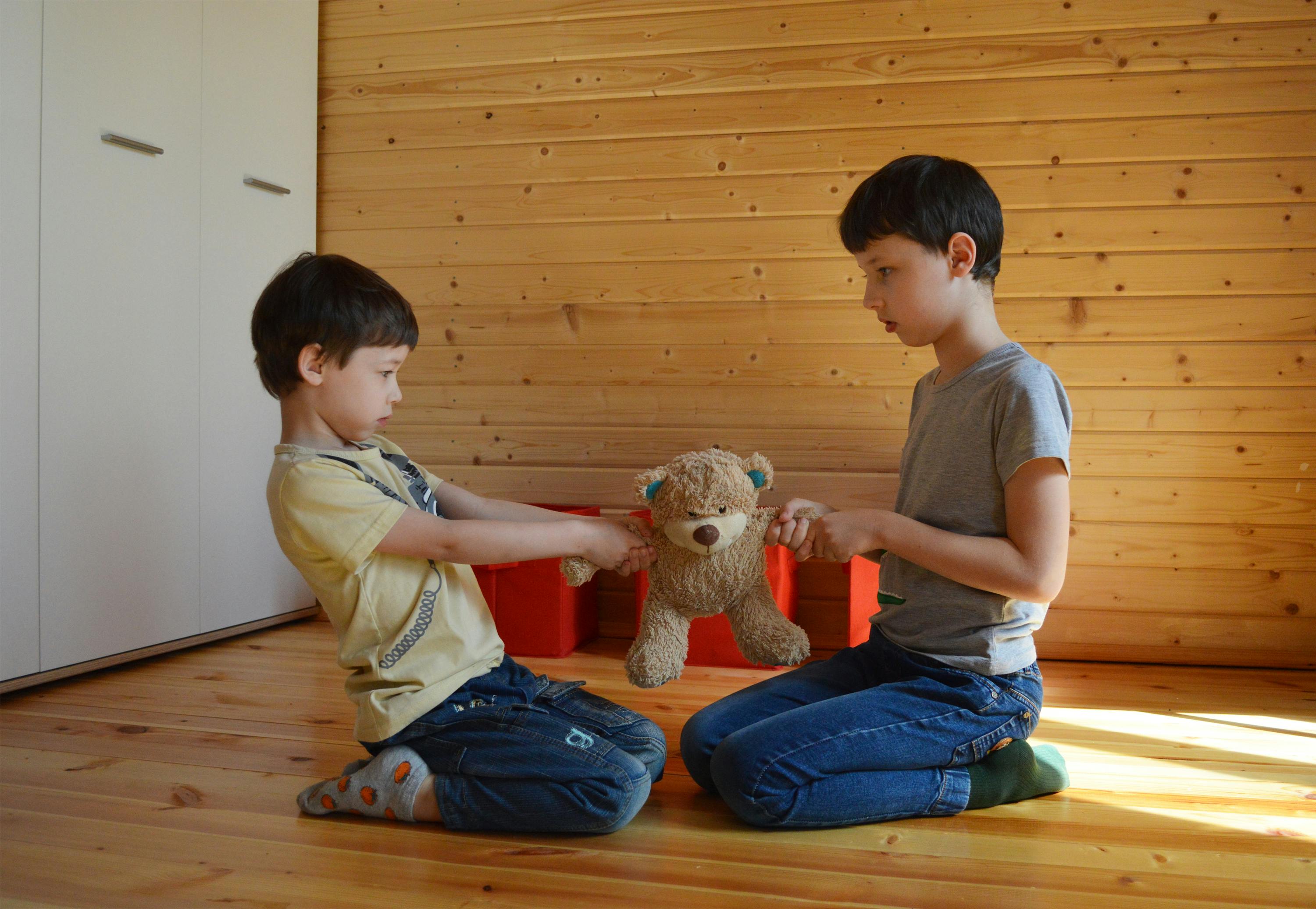There is hardly an industry that does not store and handle solid bulk materials. When the volume of the bulk solid is large, gravity is invariably involved in causing the flow out of the storage containers. Materials such as minerals, coal, cement, flour, polypropylene, clay, soil, to which the general term bulk solids applies, flow by gravity or are expected to flow by gravity at thousands of facilities and in billions of tons annually. Mining relies on gravity flow in block excavation, ore passes, as well as storage and loading bins. Agriculture uses gravity flow in elevators, in feed plants and in silos. The chemical and food processing industries depend on the flow of solids by gravity both in their process and out of storage containers.
The following discussion is only an outline of the theory of storage and flow of solids.
INTRODUCTION
The first significant studies related to the storage of bulk solids were reported in the late 19th century. That work originated from the need to store large amounts of grain, and was concerned primarily with wall pressures affecting the structural design of silos. Other related topics, which have been studied extensively, although mainly by empirical methods, are the flow rate of bulk solids through orifices, methods to prevent segregation, flow patterns, and fluidized materials.
This discussion will address the issue of whether or not a given solid will flow from a given container. It is well known that the flow out of bins and hoppers is often unreliable, that time and money are spent with and without success on flow-promoting devices, that solids are segregated in storage, fed Erratic, flooding, bowing, channeling, and sticking to silo walls reduce live capacity below specified values.
What we will discuss is the postulation of a flow – no flow criterion and the flow properties of solids and channels.
Obstructions to flow. While the number of flow obstructions that can develop in a container is infinite, two types will be discussed here. They are arches or bridges, Fig. 1; and pipes or ratholing, Fig. 2. We will assume that if the design of the reservoir is such that these two obstructions cannot occur, satisfactory flow will be obtained.
When a stable arch or bridge is formed across the outlet of a hopper, it is evident that the solid has sufficient strength to support its own weight. However, the same solid when sponged has no strength. Obviously, the strength of a solid varies and depends on the degree of consolidation of the solid. While some exceptions are possible, in general, the strength of solids increases with consolidation pressure.
Several solids develop various resistance values for the same consolidation. This is illustrated in fig. 3 by curves (a) and (b), which represent two different solids. Obviously, the stronger solid represented by line (b) will flow less freely than the weaker solid represented by line (a). Intuitively, one feels that for a given bin there must exist a critical line, for example, as shown by the dashed line in Figure 3. As long as the pressure resistance curve of the solid lies below the critical line, the strength of the solid is insufficient to hold a bridge, and the solid flows; whereas, when the pressure resistance line is above the critical line, the solid bridges.
The pressure resistance curve of a solid is called the flow function; the dashed line is called the channel flow factor. When these two lines intersect, the point of intersection usually determines the minimum size of the outlet required to ensure unobstructed gravity flow. Similar reasoning applies to funnel flow.
Angle of repose
When an unconsolidated (loose) bulk solid is deposited on a horizontal surface to form a pile, and the velocity of the current over the top of the pile is negligible, the solid particles roll down the pile and the slope of the pile is negligible. same. pile forms an angle of repose, Fig. 4, with the horizontal. The angle of repose assumes values between 25 and 45 degrees and is not a measure of the fluidity of solids.
If a solid contains a wide range of particle sizes, it segregates; the fines accumulate along the path (typically the center) of the loaded solid while the coarse fraction rolls to the periphery of the pile.
When solid falls onto a pile from a certain height, the fines along the path pack together under the impact of the larger particles, gain strength, and form a slope steeper than the angle of repose.
When a fine powder or flaky solid falls from a height, it becomes aerated and spreads out at an angle less than the angle of repose.
Effective area of an outlet. It is necessary to differentiate between the physical size of a container or hopper outlet and its effective area because, in developing a flow pattern of a solid within the container, it is the effective area that is significant. The effective area of an outlet is that part of the total area through which the solid actually flows when the feeder is running or the gate is open. It is important to realize that in many cases the effective area forms only a part, sometimes a small part, of the total output. Typical examples are shown in Fig. 5 for a constant width belt or platform feeder; and by a screw feeder of constant diameter and pitch, Fig. 6. If the length of the outlets exceeds, say, twice the width of the inlet in the deck or belt, or twice the diameter of the screw, it is a certainty practice that the solid will be fed only at one end of the feeder. In a plate or belt feeder, the effective area could be at either extreme: it depends on the friction developed between the solid and the feeder surface. In a screw feeder, the solid fills the screw at the end opposite the discharge (the rear); the screw runs the rest of its length and cannot accept any more material. If the solid is somewhat cohesive, it packs into a tight, stable arc over the rest of the screw. A similar situation occurs in a rotary table feeder when the skirts seal the solid around the table, Fig. 7: the solid then flows over the table only through a channel over the plow; other than that, the solid remains stationary.
The stationary solid skid on the feeder compacts and creates large normal and frictional forces on the feeder, contributing greatly to energy consumption and wear. Therefore, this situation is detrimental not only from the flow point of view, but also from the point of view of maintenance and energy consumption.
For a feeder to be effective over its entire area, the capacity of the feeder must increase in the direction of solid flow within the feeder. Suitable feeder designs are described later in the discussion. In the discussion that follows it is assumed that the feeders are adequate and the outputs are fully active.
Flow patterns. There are two types of flow patterns that we will discuss: (1) Funnel flow, Fig. 8, which occurs when a solid flows out of the hopper in a channel formed within the solid itself. The solid exterior of the channel is at rest and the shape of the walls of the container does not influence either the shape of the channel or the velocity profile of the solid inside the channel. First-in, last-out flow pattern. (2) Mass flow, Fig. 9, which occurs when the circulation channel coincides with the walls of the container. In a perfect mass flow, all of the solid in a container is in motion every time something is withdrawn from it through the outlet. First-in, first-out flow pattern.
From the above it follows that the funnel flow is acceptable only under certain conditions:
(1) Segregation should be unimportant, either because it is negligible, as is the case for solids of uniform particle size and density, such as sand or gravel, or because it is slight and can be tolerated, as is the case of small containers. as weigh hoppers.
(2) No deterioration occurs during the scheduled storage time.
(3) The outlet is large enough for the solid to flow without flow promotion devices.
Funnel flow bins are useful for the storage of hard, abrasive, and lumpy solids because in funnel flow there is little wear to the hopper walls. However, it must be remembered that in mass flow hoppers the wall pressures are relatively low and wear is seldom unreasonable. If a solid is very cohesive after being stored at rest and requires very large feeders in the funnel flow, it may be more economical to use mass flow silos, save on feeders, and build heavy bins to compensate for wear.
Mass flow hoppers are smooth and steep. Every time the feeder starts moving, all the solid in the silo flows out; there are no inactive or dead regions. The mass flow has the following properties:
(1) Missing pipelines, blockages, surges and floods.
(2) The flow is uniform and can closely approximate steady-state flow. As a result, the steady flow analysis can be applied to the design with a high degree of confidence.
(3) The apparent density of the stretched solid is more constant and practically independent of the head of the stored solid. This is advantageous in all cases of controlled flow and essential when the flow is volumetrically controlled. It should be noted here that highly aerated powders must have sufficient residence time to deaerate and form a contact bed.
(4) The pressures in the whole mass and in the walls are relatively low, which results in low consolidation and wear of the solid and wear of the walls.
(5) Pressures are relatively uniform over any horizontal cross section of the hopper, resulting in uniform consolidation and uniform permeability.
(6) There are no dead regions within the container, therefore there is minimal consolidation at rest, degradation, and decay.
(7) A first-in, first-out flow pattern can be obtained. This is useful in storing solids that deteriorate over time.
(8) Non-segregated storage is achieved in the first-in, first-out bin because, while segregation takes place during loading of a solid into a bin, remixing occurs within the hopper.
solid flowability
Comparison of solids and liquids. The word “flow” is more often associated with fluids than with solids, and when “solid flow” is mentioned, one is inclined to assume, by association, that the solid will behave like a liquid. Such an assumption is incorrect. The properties of solids and liquids differ so much that the flow mechanisms of these phases are quite different. First, solids can transfer shear stress under static conditions (they have a static friction angle greater than zero), whereas liquids cannot. This is the reason why solids form batteries while liquids do not. Second, many solids, when consolidated, that is, after pressure has been applied to them, possess cohesive strength and retain a shape under load. They can form a stable arc or a stable well; liquids can’t do that. Third, the shear stresses occurring in a slowly deforming (i.e., flowing) bulk solid can usually be considered independent of shear rate and dependent on the pressure acting within the solid. In a liquid, the situation is reversed; the stresses depend on the shear rate and are independent of the mean pressure.









